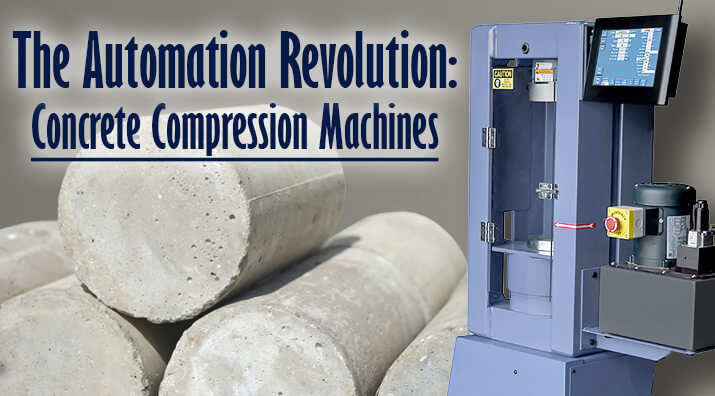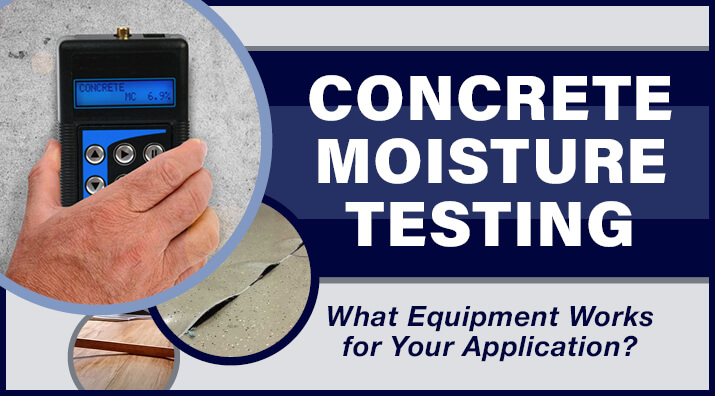Ground Penetrating Radar (GPR) is a powerful tool for the nondestructive testing and evaluation of reinforced concrete. Next-generation refinements featured on these versatile new models from Gilson simplify the location and mapping of reinforcing steel bars, tendons, and other embedments while assessing homogeneity, measuring thickness, and detecting cracks, voids, and other discontinuities. GPR units connect wirelessly to Apple iPad® tablets for potent computing power, live 3D and Augmented Reality (AR) rendering, high-resolution display, and fast, easy upgrades. Encrypted Wi-Fi connection stores data in the cloud for instant sharing and collaboration.
- Log in
- Favorites List
-
Shopping Cart
You have no items in your shopping cart.
- Gilson Chat
Gilson Insights
Have questions about your materials testing equipment? We have the answers to these questions and much more right here! Check back monthly for long-form blog posts, how-to guides and infographics. We’ll address industry insights, the operation and maintenance of specific equipment, and our product line recommendations, all designed to better serve you.
Bookmark this page, add it to your RSS reader, or subscribe to our newsletter, so you never miss a hot topic.
Performing geotechnical and engineering tests on soils in the field is a combination of necessity and practicality. In this two-part series, this first post looks at methods, procedures, and equipment needed for field sampling and visual classification of soils.
Asphalt binder is a fundamental and surprisingly complex component in the design of modern asphalt pavement mixes. Of the many properties of bitumen that affect its performance in a modern asphalt paving mixture, two are crucial to the long-term success of pavements, viscosity, and rheology. This blog post will explore binder viscosity tests and rheology tests, their applications, benefits, and testing equipment.
Automatic concrete compression machines are here to stay and they promise to revolutionize concrete testing. Programmable loading and load rates, break detection, and data handling ensure full compliance to selectable test specifications, more accurate results, and all but eliminate human error. Less operator input means more tests completed in less time.
With a little thought and planning, you can avoid duplicating the equipment needed to perform many sample preparation tasks. Many ASTM and AASHTO soil tests performed follow similar techniques and use the same or similar equipment to set up samples for your soil testing.
Measuring the permeability of asphalt mixes is a powerful tool to predict and improve the service life of flexible pavements. In this blog post, we will discuss methods and the testing equipment needed for two basic asphalt permeability tests to mitigate pavement problems over the long term.
Sulfate Soundness of Aggregate, procedures for this popular test method are straightforward. In this blog post, we will discuss why the soundness of aggregate is necessary, what the procedures are when using either magnesium or sodium sulfate, and what equipment is needed to perform the test.
This blog post provides insight into test methods and testing equipment for use in concrete resistivity testing. We discuss the use of the Proceq Resipod Concrete Resistivity Meter for surface resistivity and how to perform bulk resistivity.
Screen Trays are the heart of all Gilson Testing Screen Shakers. In this blog post, we discuss how to get the most accurate results and extended life from your testing screen trays.
The amount, type, location, and movement of moisture in a concrete slab need to be clearly understood to avoid problems when placing a flooring system over it. In this blog, we take a look at the various methods and equipment to use for testing concrete for moisture.
- 2025
- 2024
- 2023
- 2022
- 2021
- 2020
- 2019
- 2018
- 2017
- 2016
- 2015

























